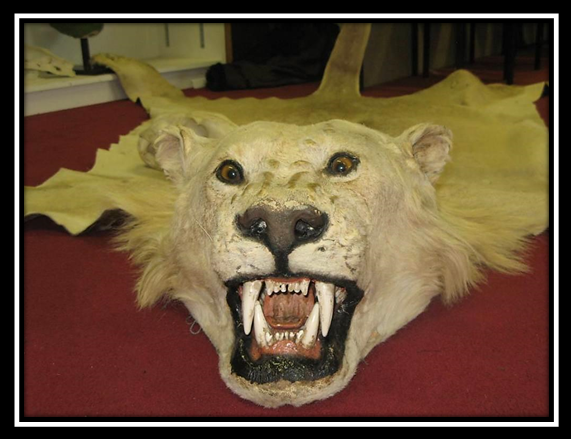|

On 15th September, the EU SRG met to discuss the status of lion populations in Zambia, Tanzania and Mozambique – to determine whether future trade of lion “products” like hunting trophies could satisfy the requirements of being “sustainable” as required by EU import regulations.
Before this meeting, the EU commissioned a report from the UNEP World Conservation Monitoring Centre (WCMC) to deliver the latest information available on lion populations and population trends. In a meeting on August 24th with EU Environment Directorate representatives LionAid was assured that the WCMC report and other written communications would form the guidelines for the decisions to be taken on further lion trophy imports.
The WCMC report is available here.
As you can see, the WCMC report did not form an opinion, but did deliver substantial and latest available information. This information provided would seem rather conclusive – Tanzania has lost many lions and Zambia does not know how many lions are there to be “sustainably” utilized. In essence, reading between the lines nobody knows how many lions there are, but all indications show catastrophic population declines.
And more importantly, nobody knows how many adult male lions remain to be shot by trophy hunters in their designated hunting concessions. The WCMC report discusses lions in nationally protected areas. There is not one mention about lion populations in hunting areas where the sustainable“offtake” supposedly occurs. And that should ring many alarm bells.
LionAid has advised the EU that unless and until there are accurate and independent lion population counts in the countries that seek to engage in lion trophy hunting, there should be NO further imports allowed into the EU. And such counts should focus on the areas where lions are “harvested”, not the nationally protected areas where lions are supposedly “safe”.
After all, the SRG makes decisions based on science does it not?
It would seem not. The 15th September SRG meeting decided to keep their “positive opinion” for lion trophy imports from Tanzania based on no information to substantiate that lions in Tanzania benefit from a “sustainable” offtake. In addition the SRG decided to keep Zambian and Mozambican lion trophy imports in their category of “no opinion” – meaning that trophies would be allowed on an individual application basis, but that the SRG was not entirely convinced that such imports were based on accurate data to judge “sustainability”.
Such decisions are not only disappointing but also not accountable.
The SRG should look at the import permits granted to lion trophies much more carefully. If data on lion populations subjected to offtake is deficient, then the SRG must say that based on the lack of reputable and verifiable scientific evidence that imports will not be allowed. That is called the “precautionary principle” – a concept enshrined in the SRG constitution.
To continue to allow lions to be trophy hunted in Tanzania, Zambia and Mozambique might be politically expedient, advantageous and even pragmatic. But it does not serve conservation of the species and does not enhance public confidence in the role of the EU SRG to ensure that legal trade in wildlife is sustainable and based on best scientific data.
LionAid cannot at present disclose much other information we have on factors that influenced this unsupportable SRG decision. We must first present such information to the SRG for their official response. Meanwhile we are urging, with many others, for the SRG to carefully reconsider their decisions at their next meeting in December 2015.
|




